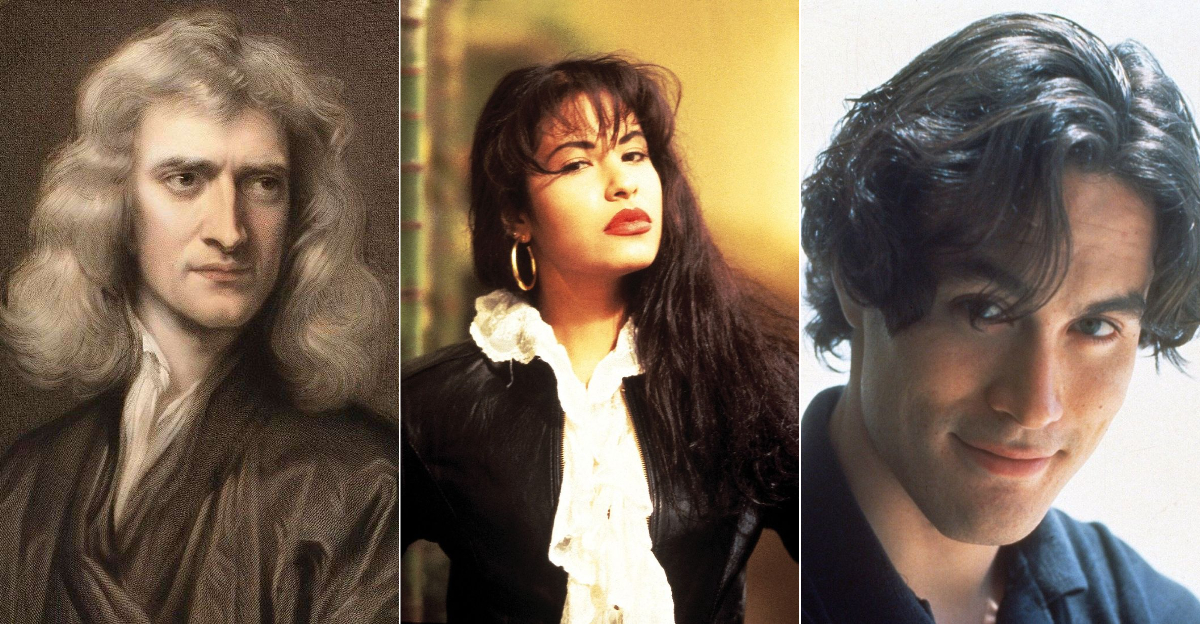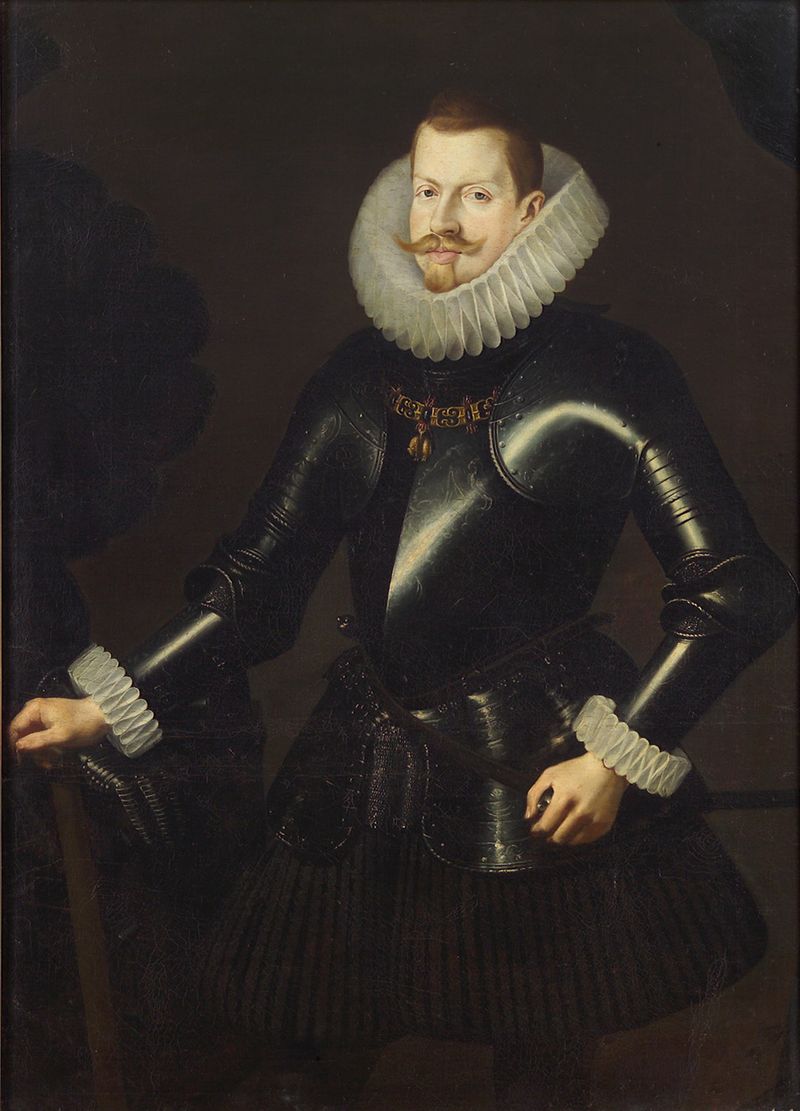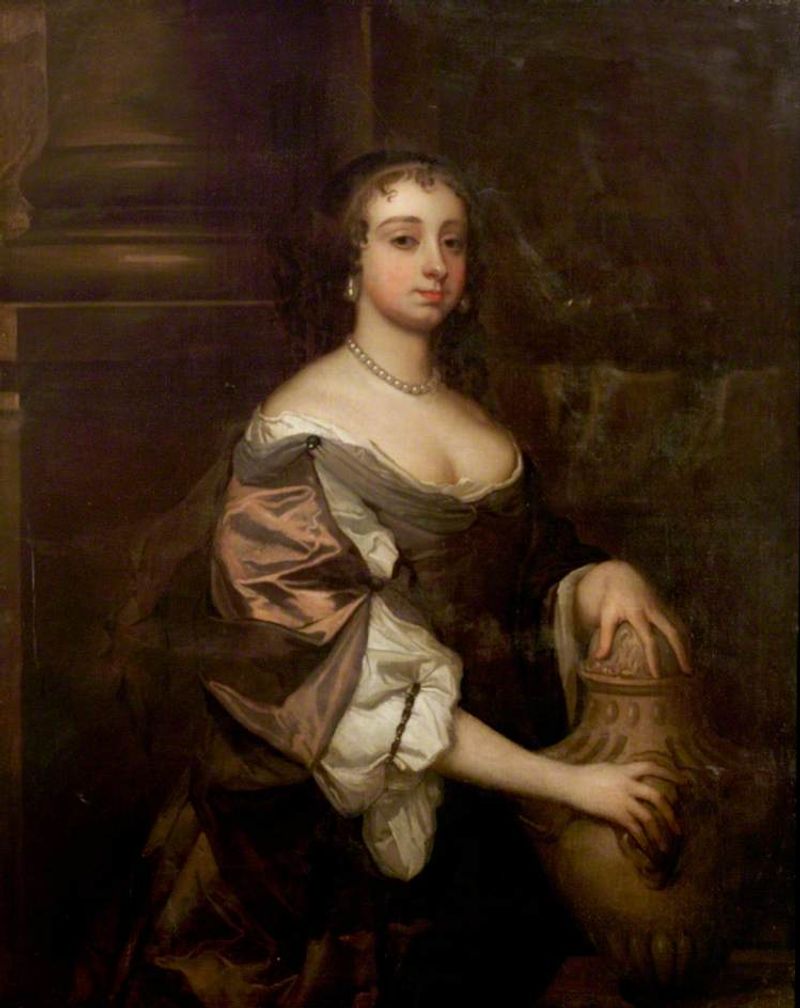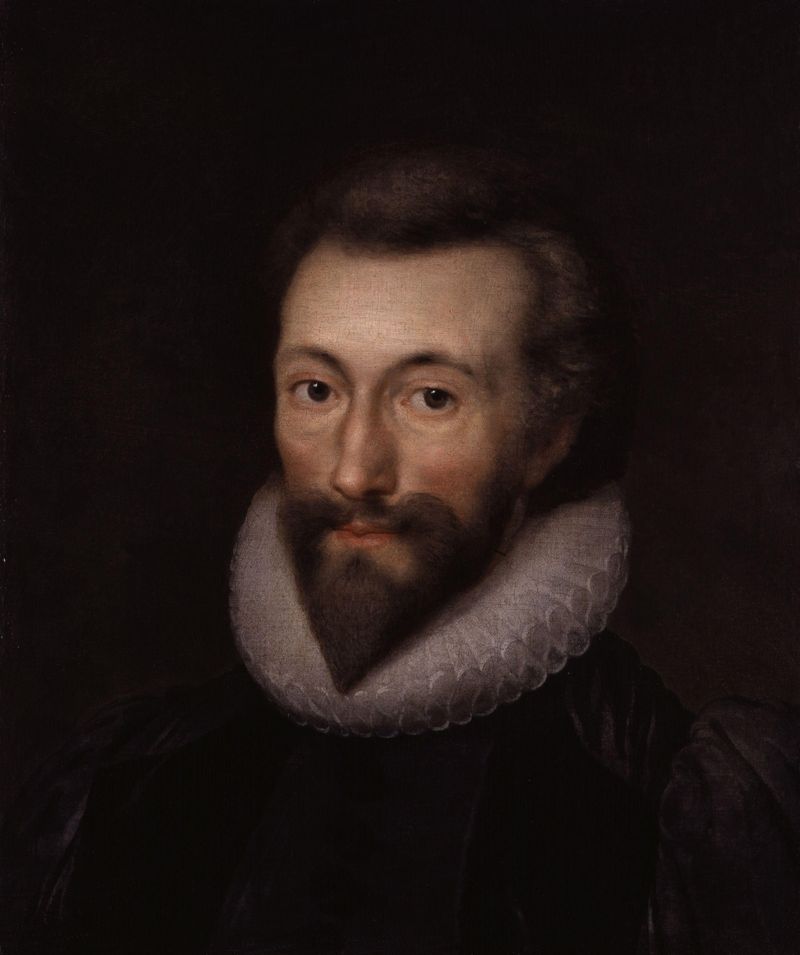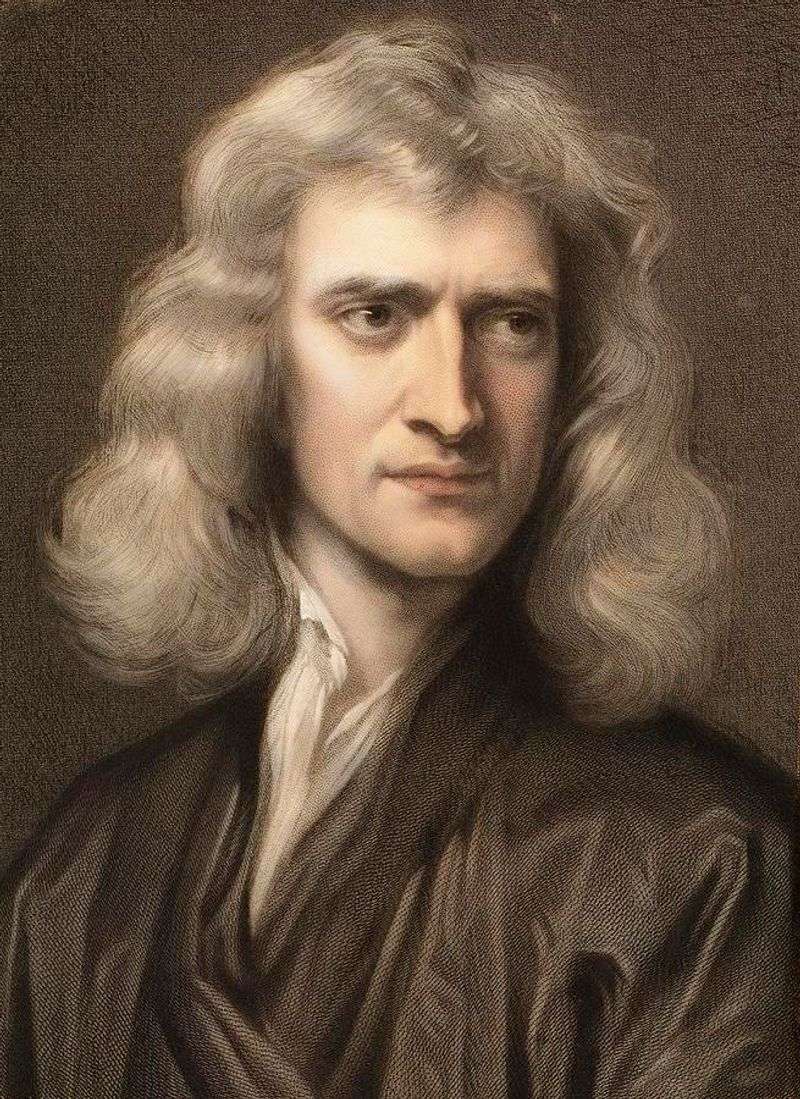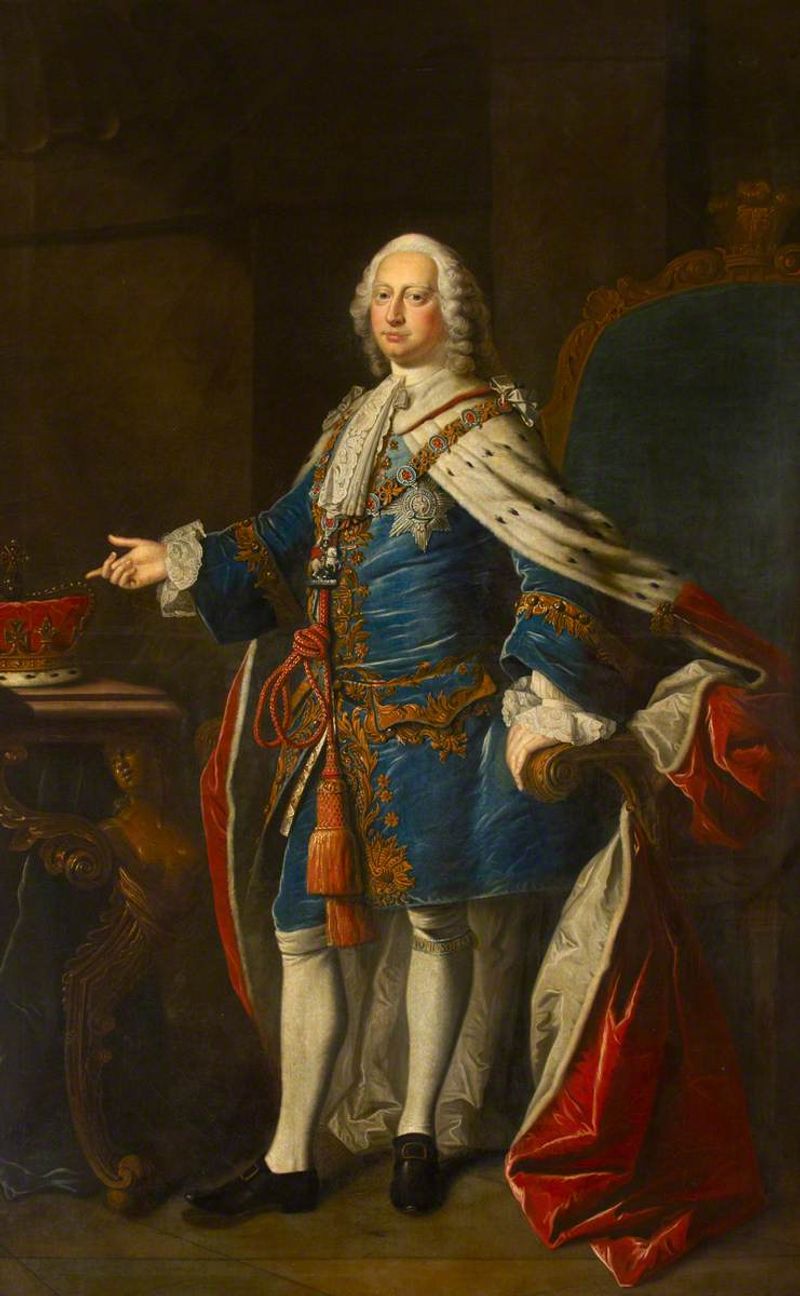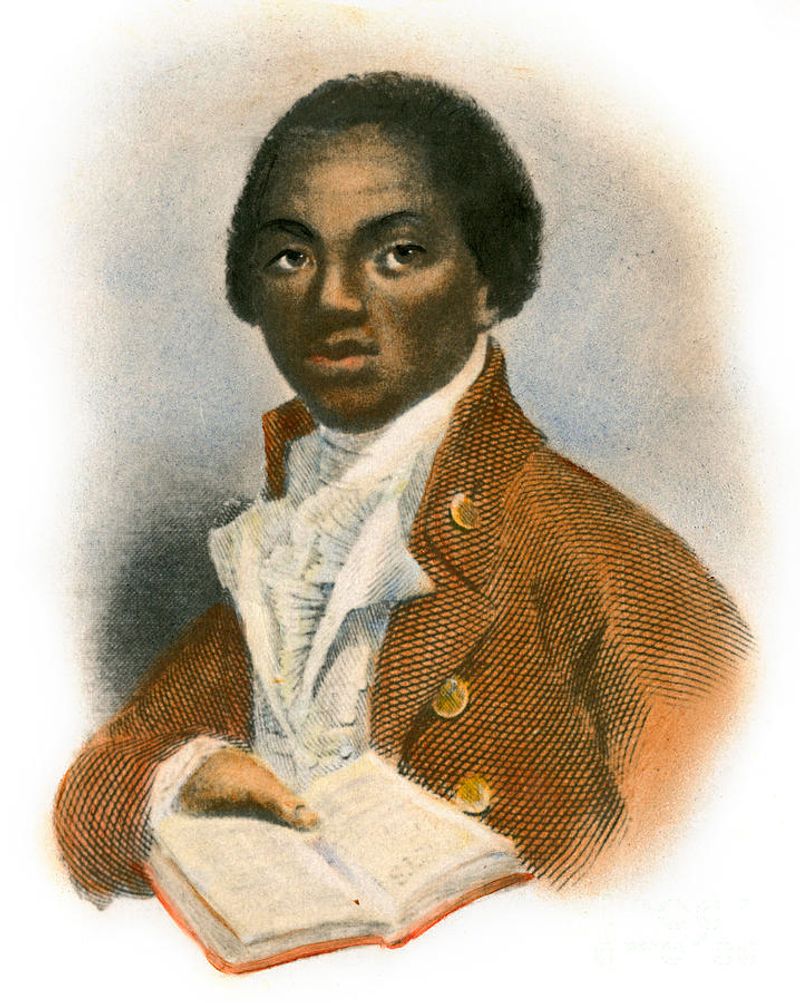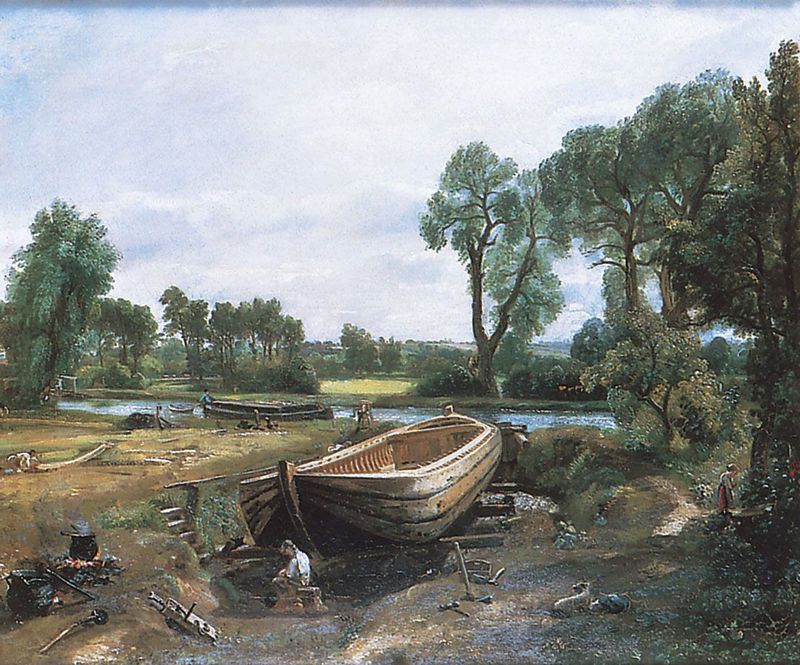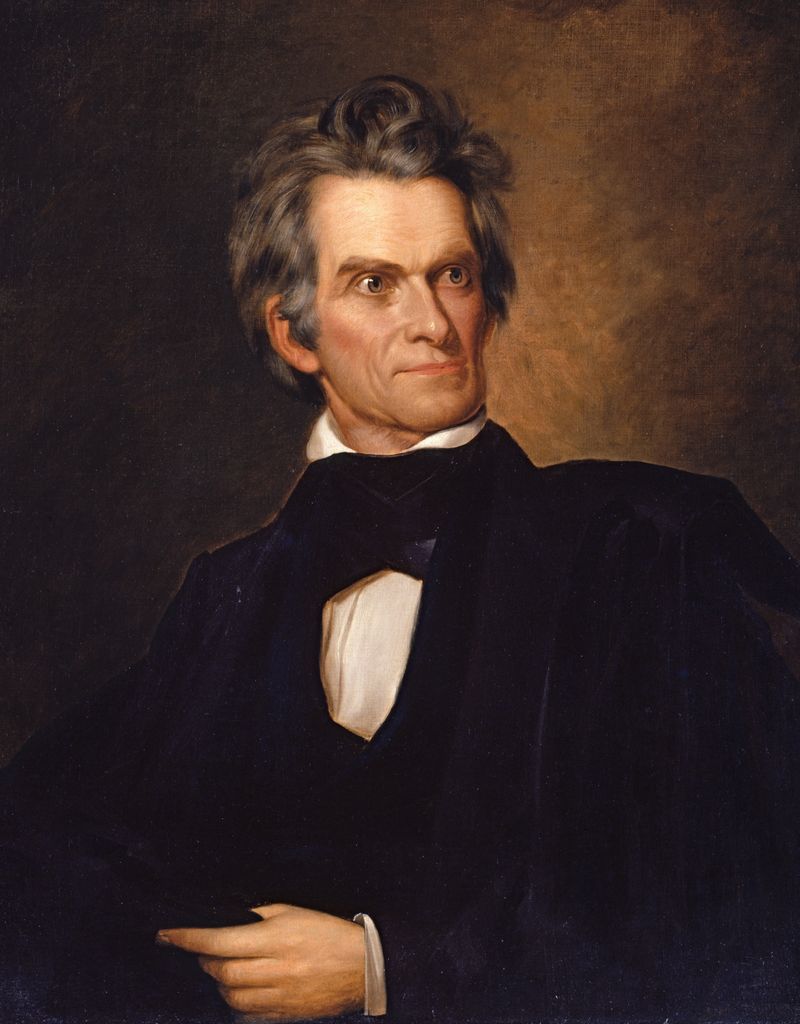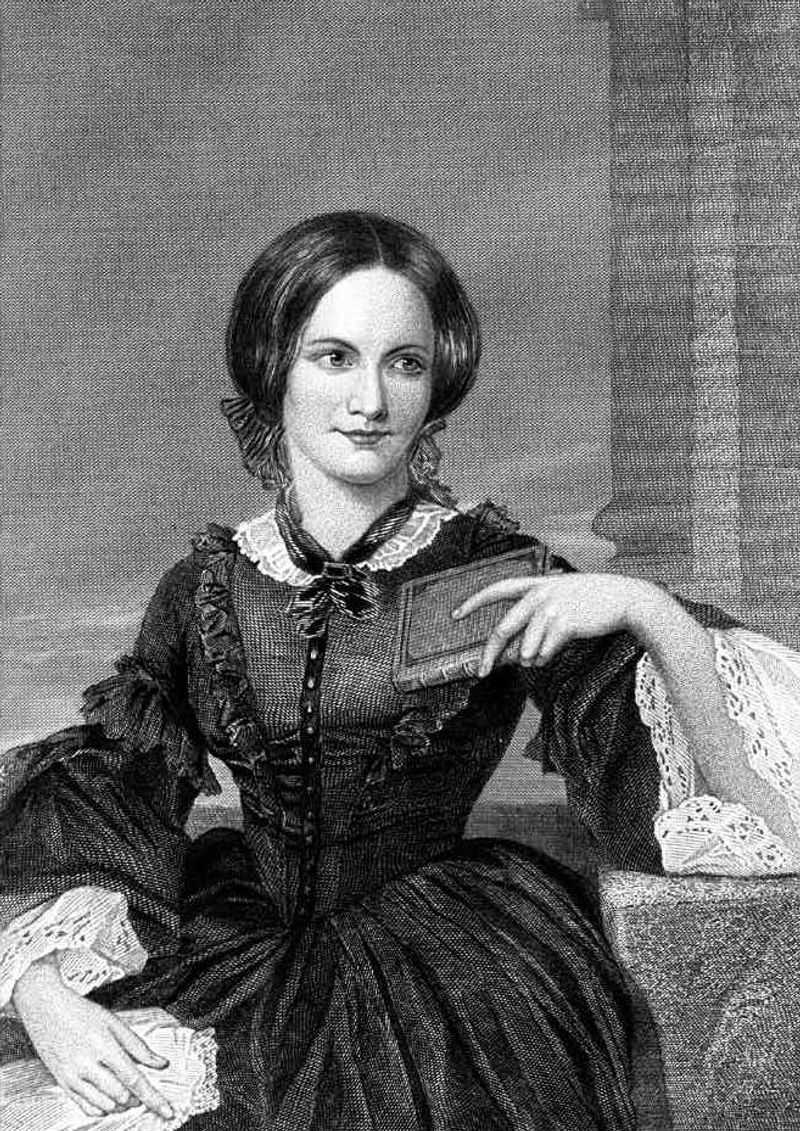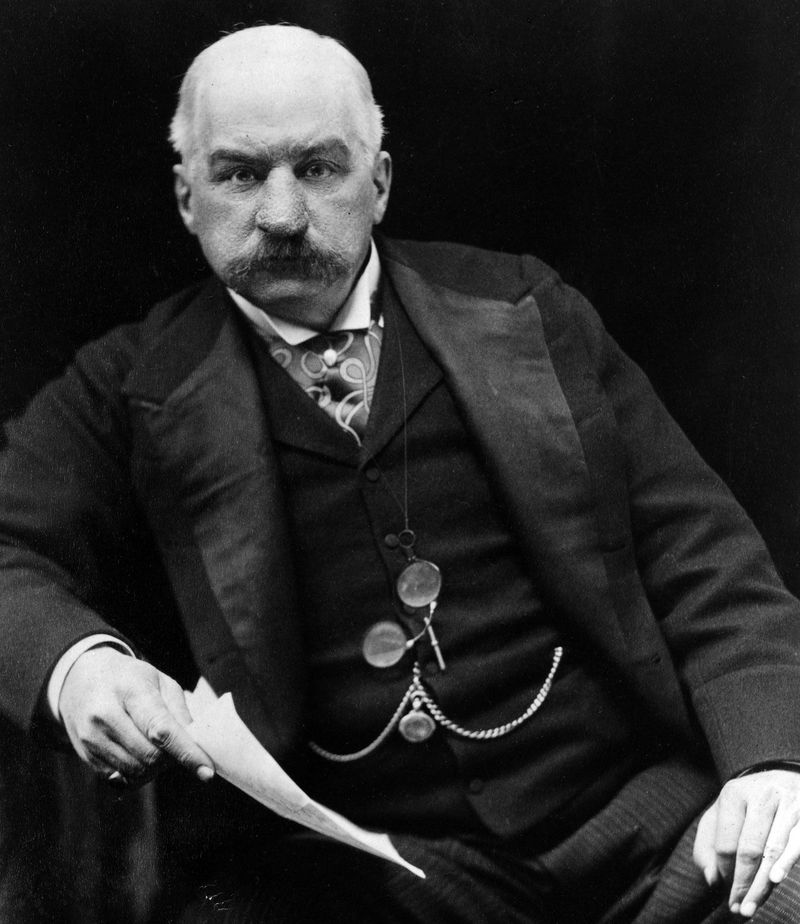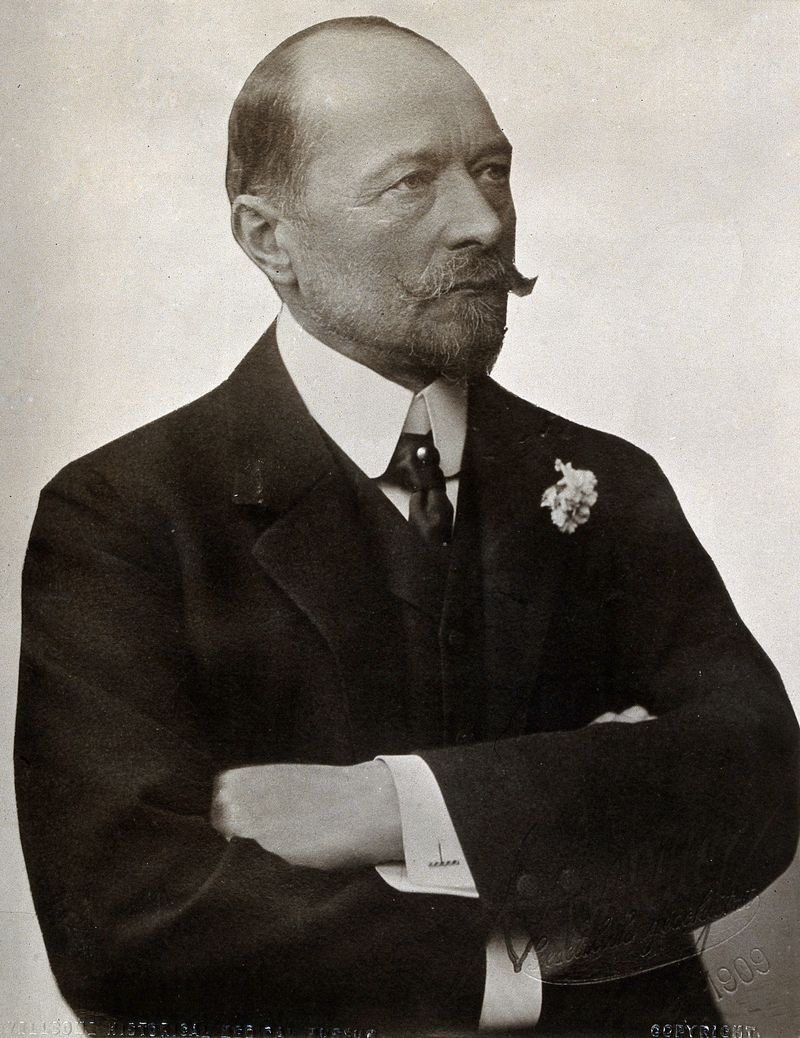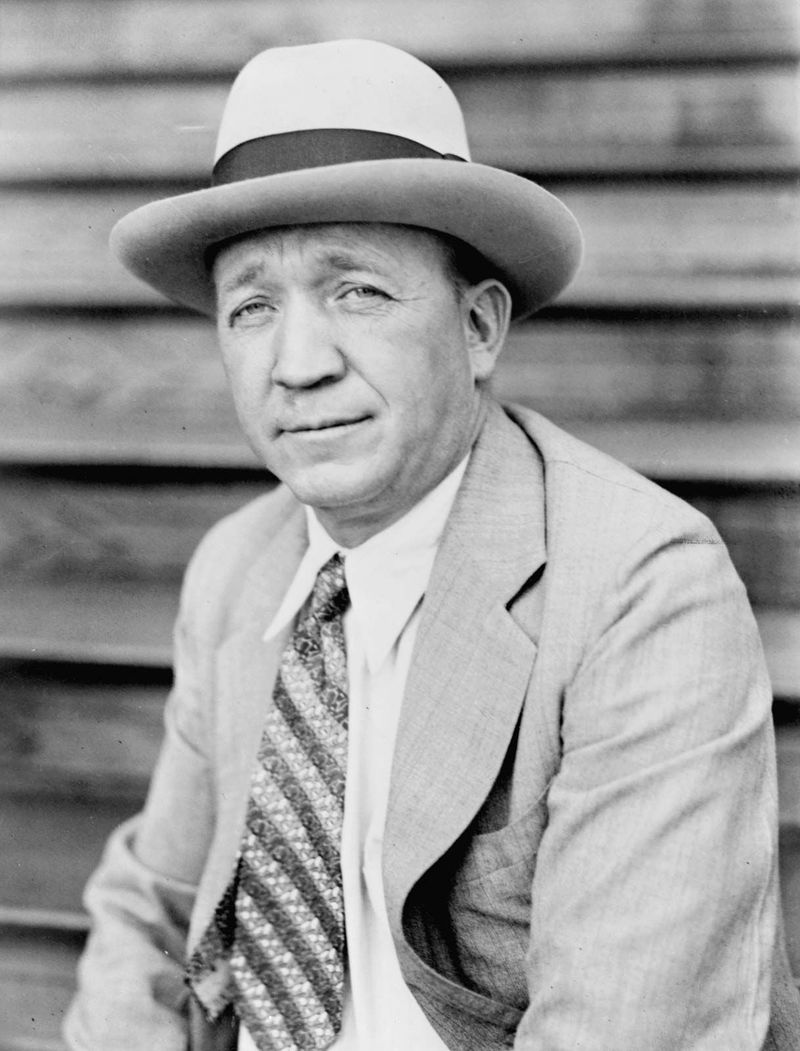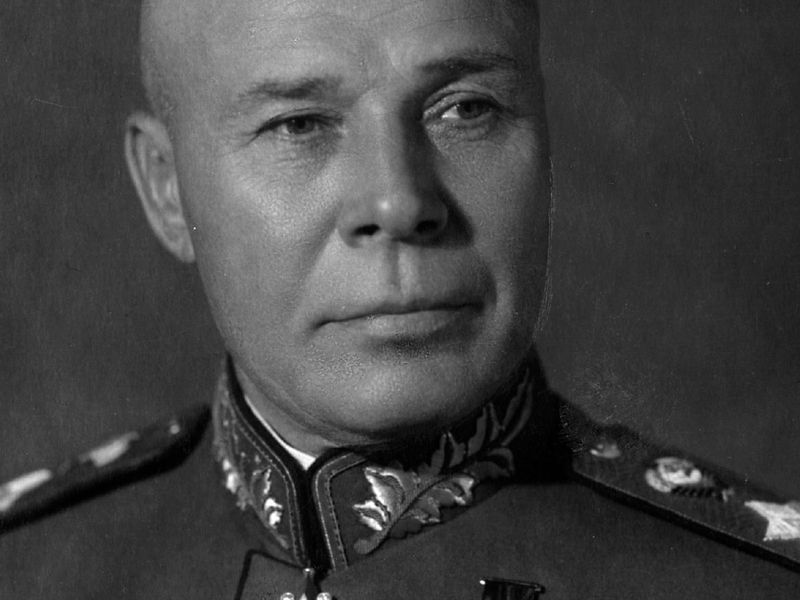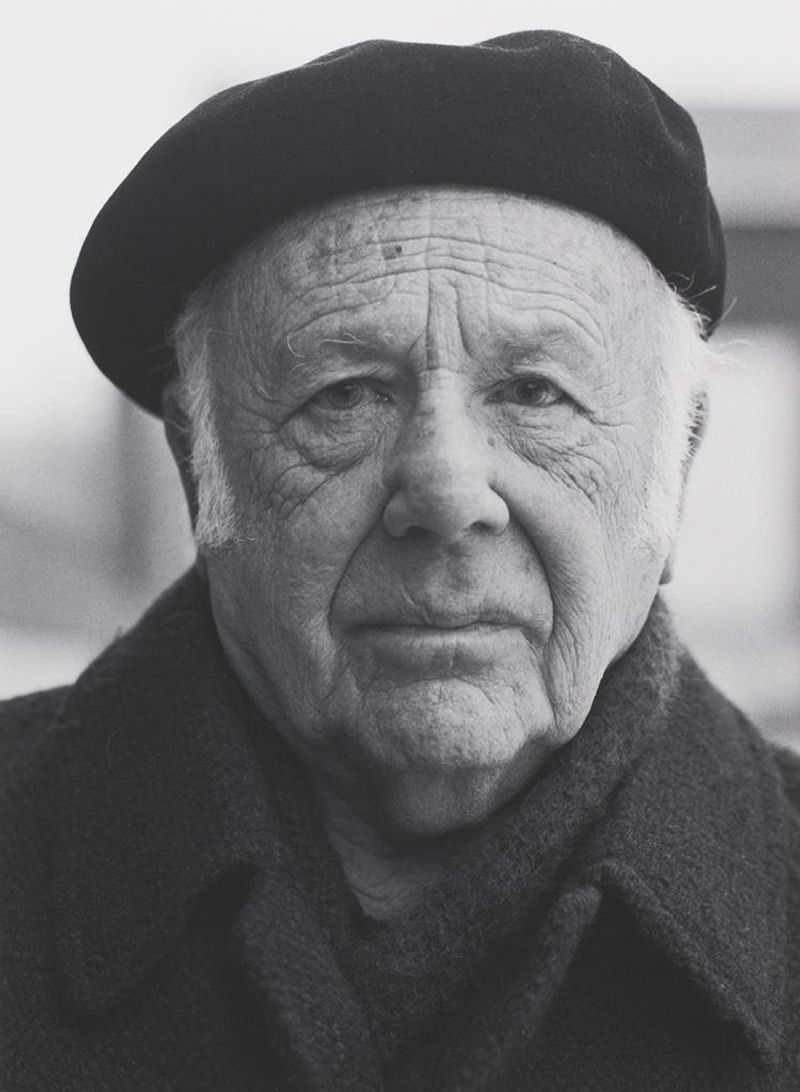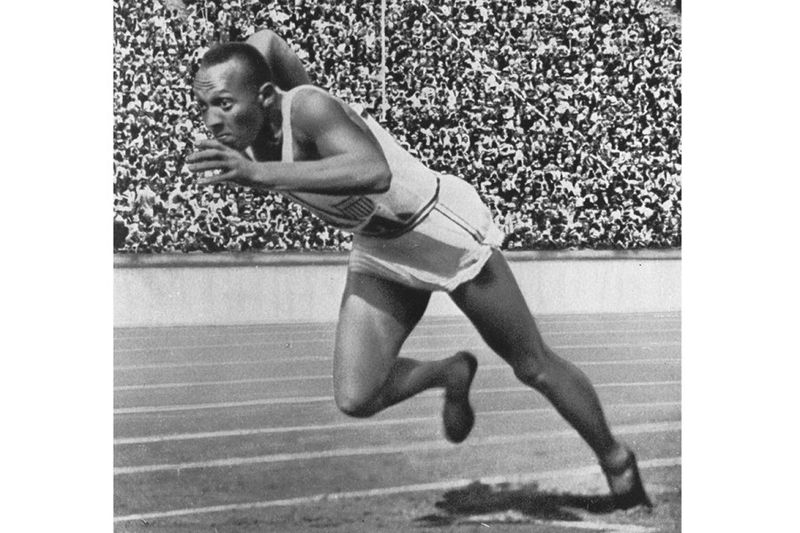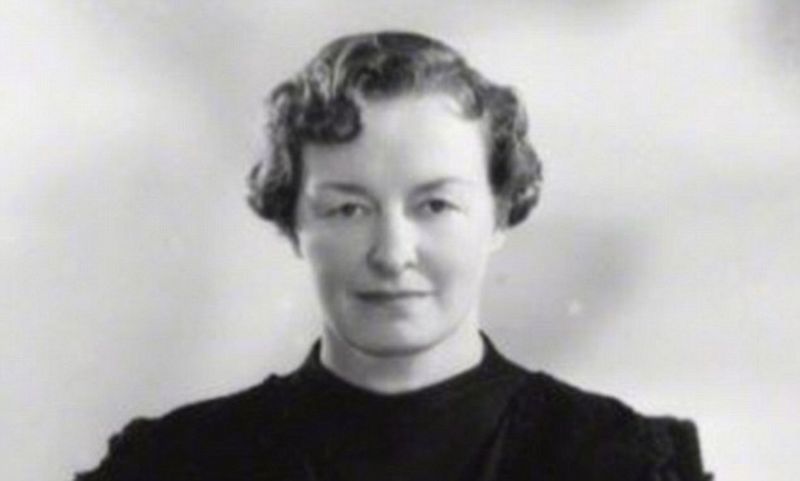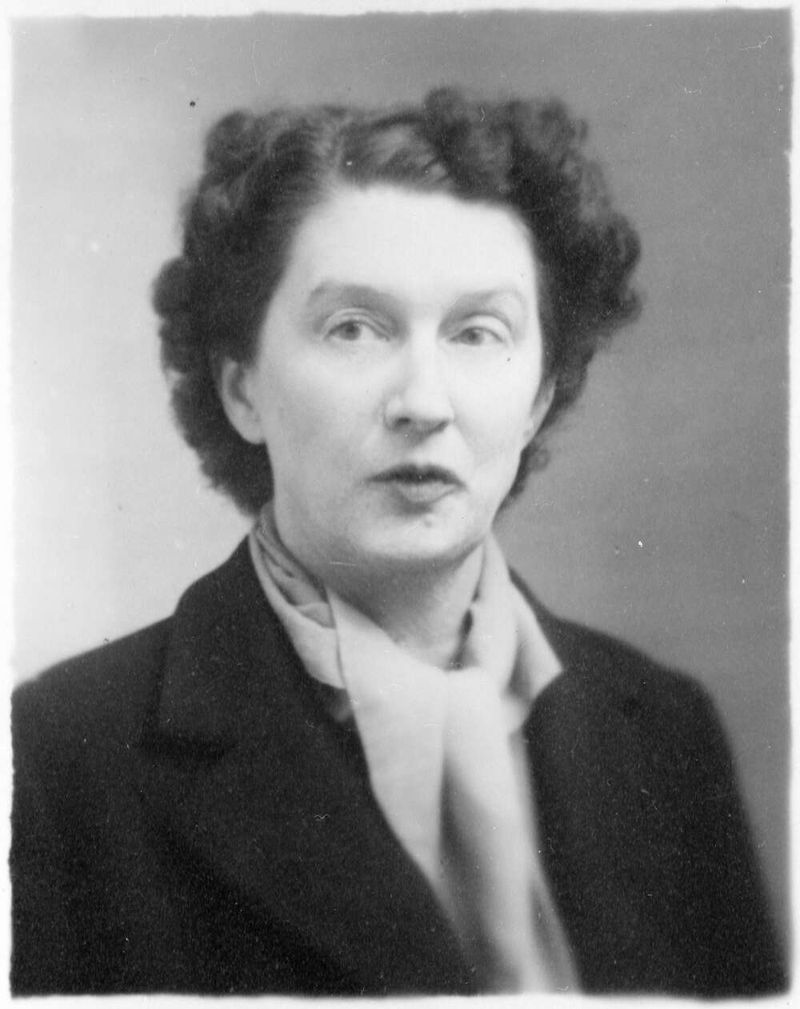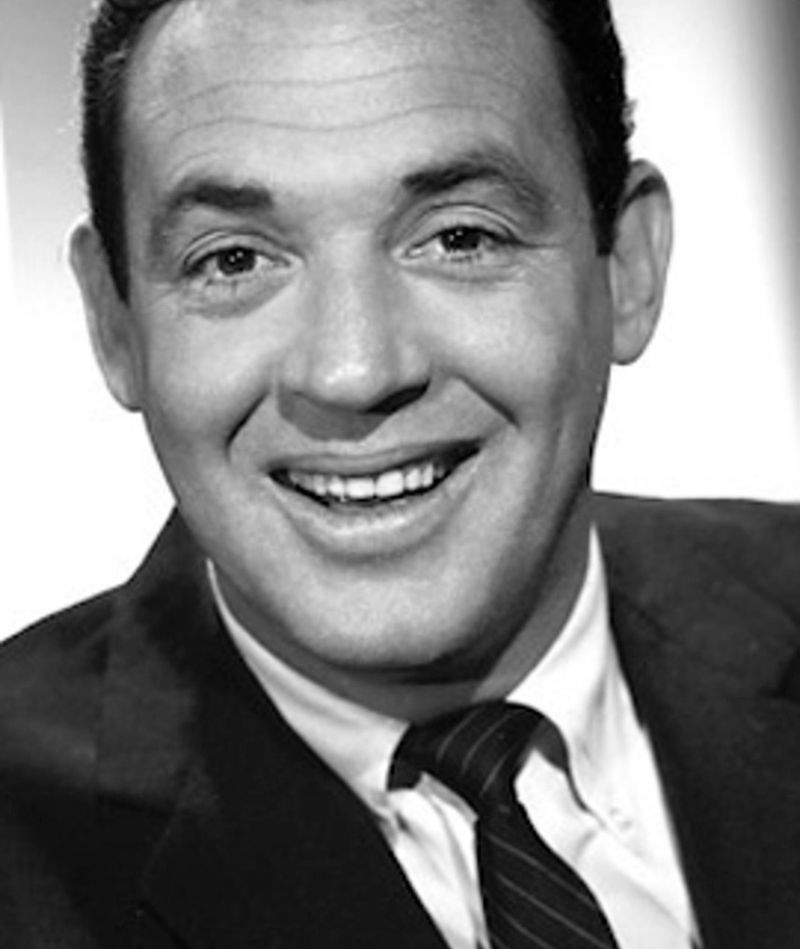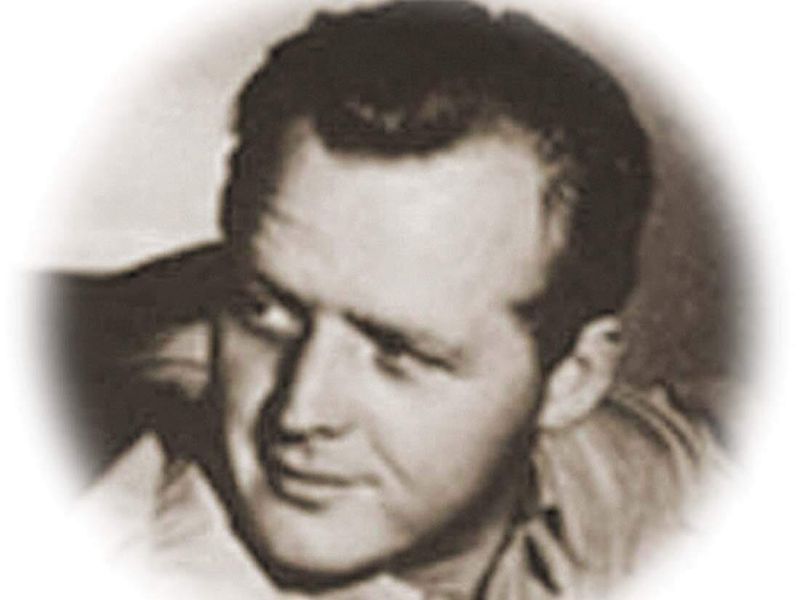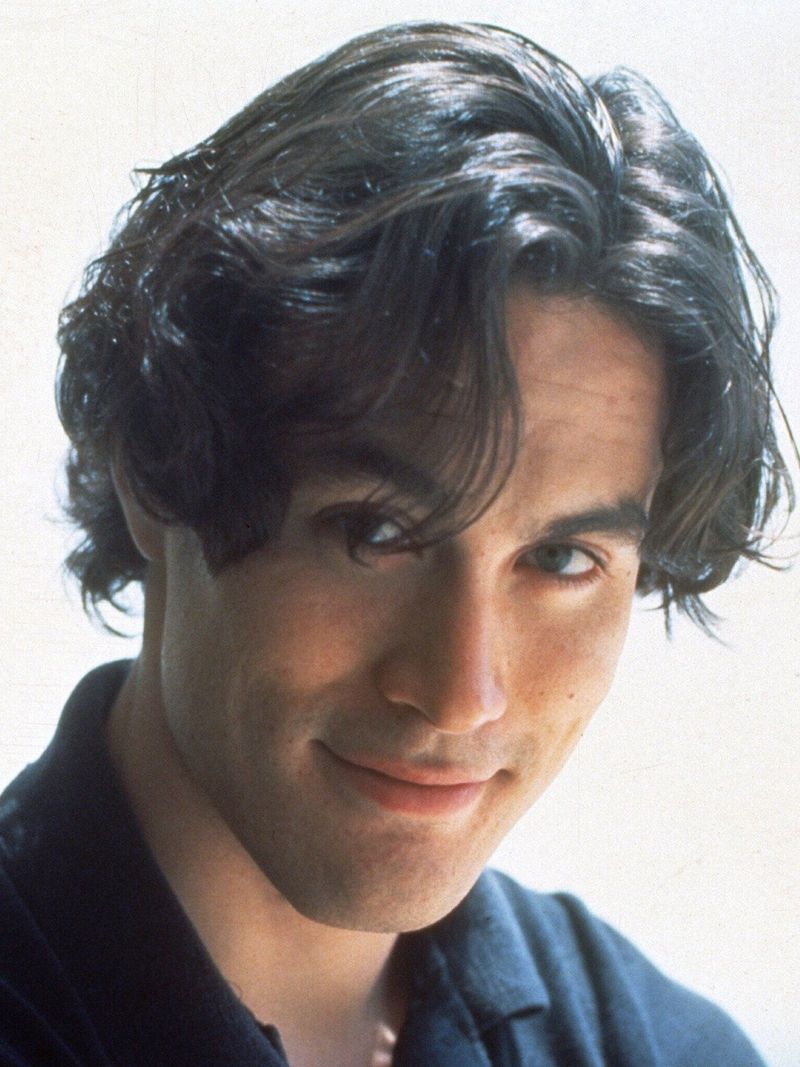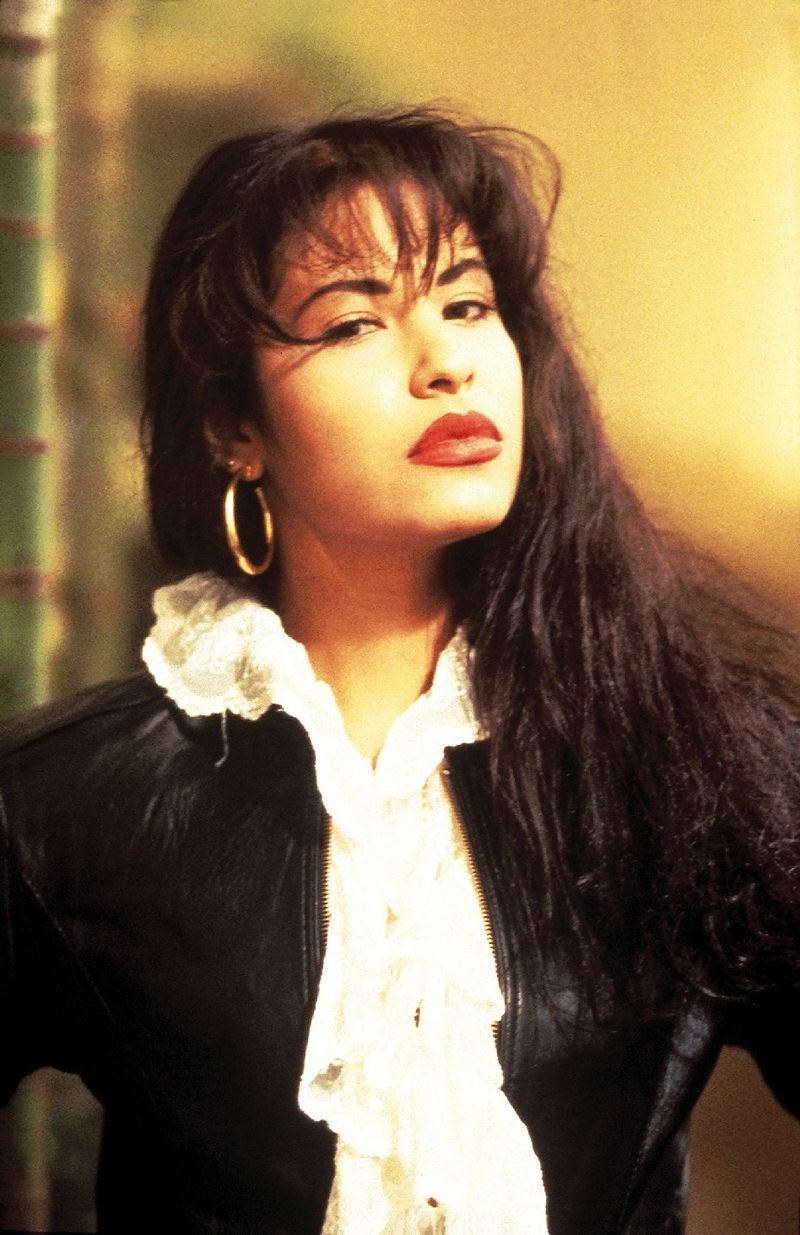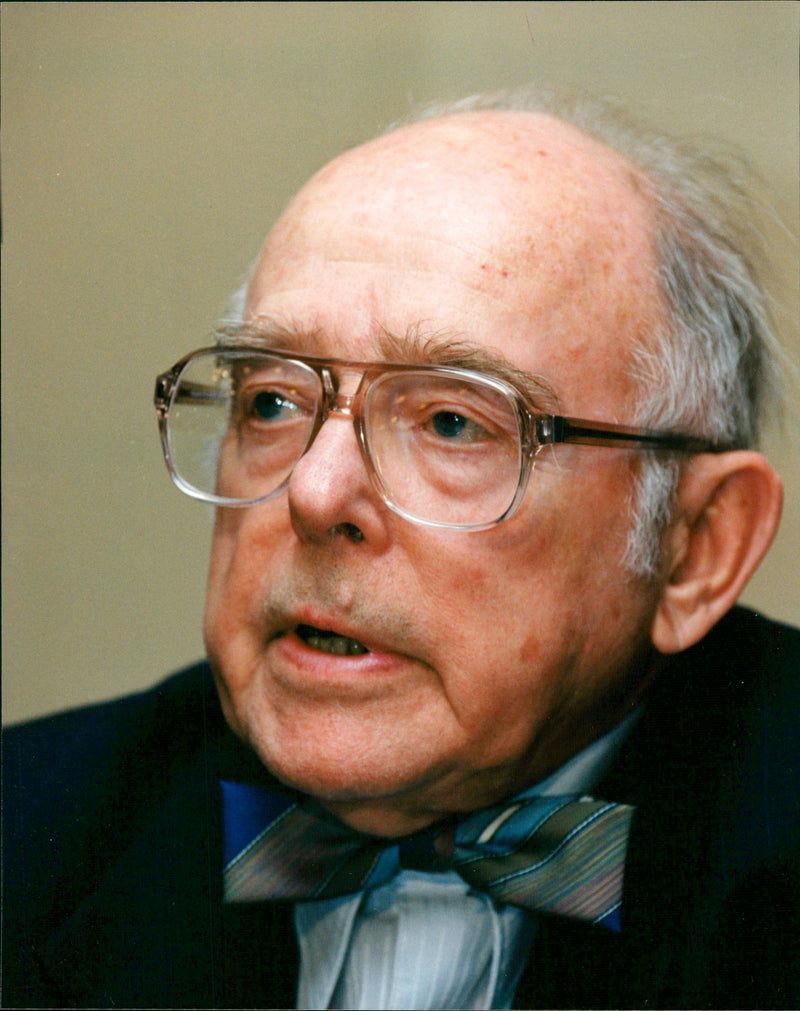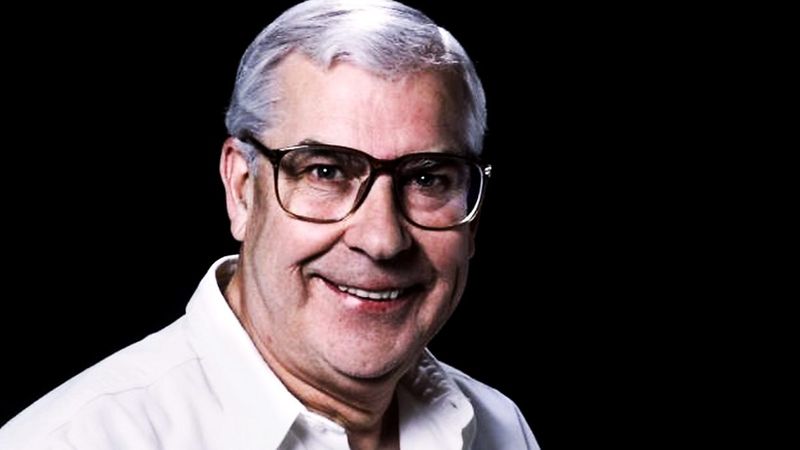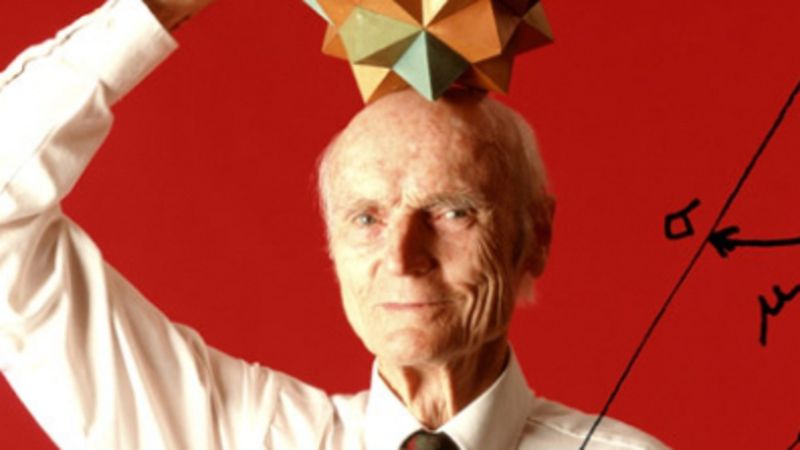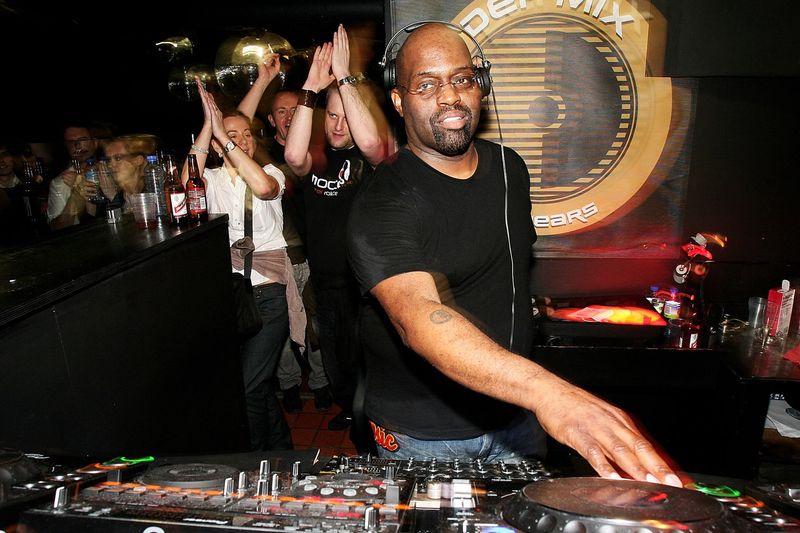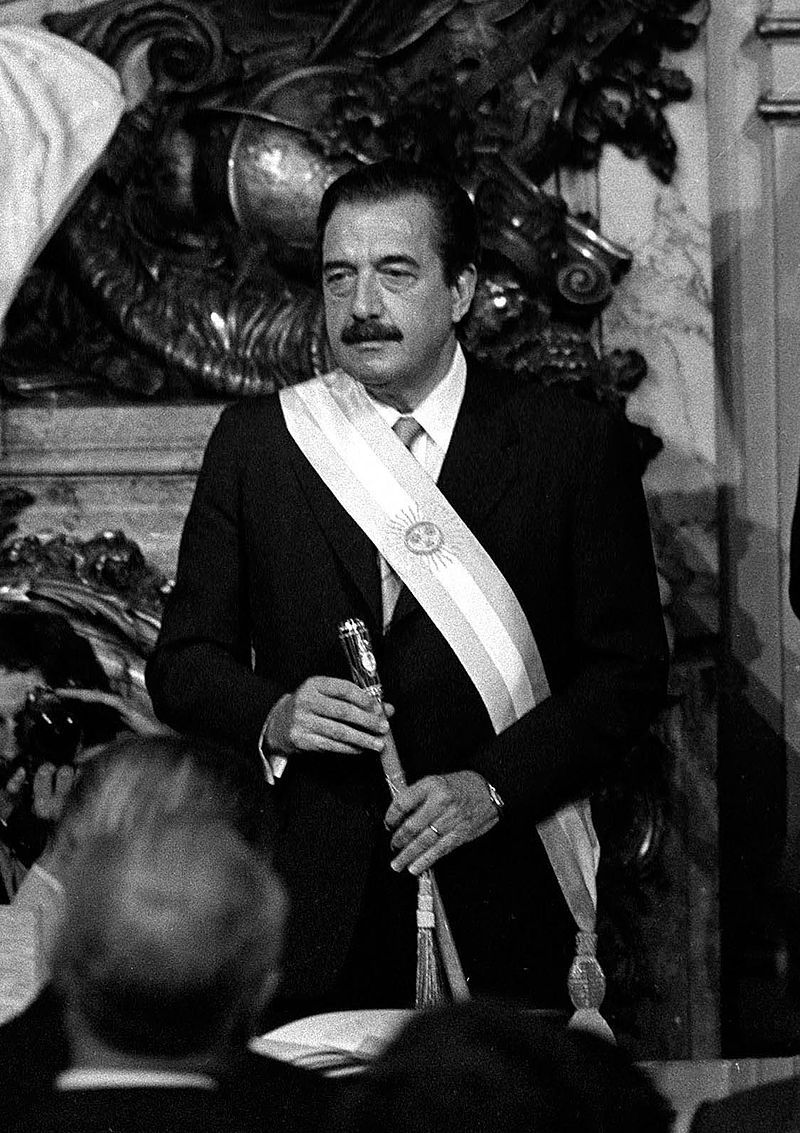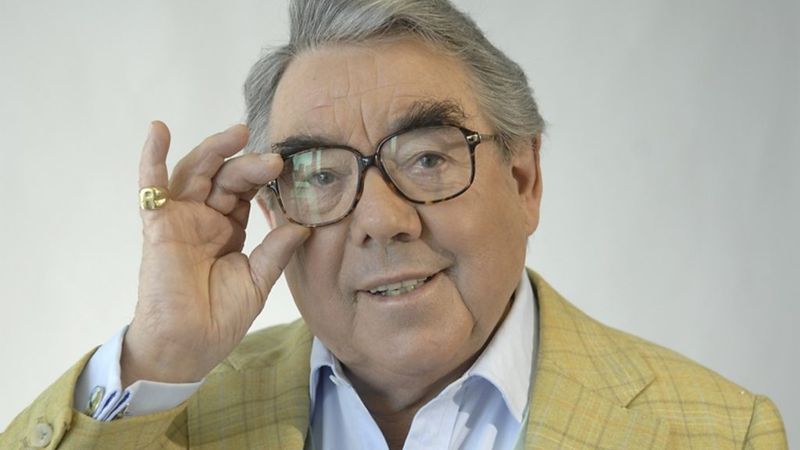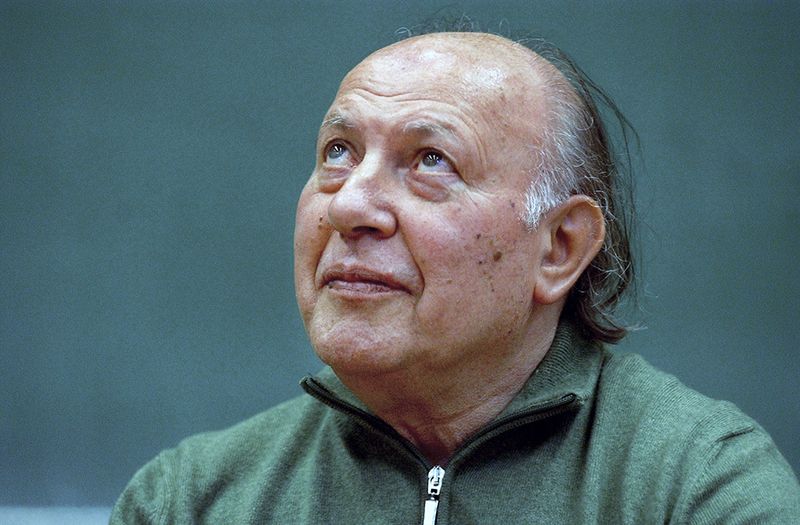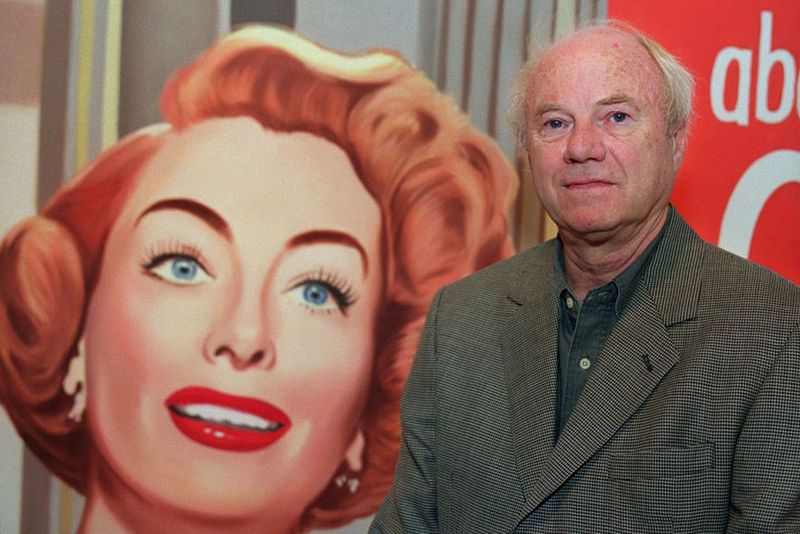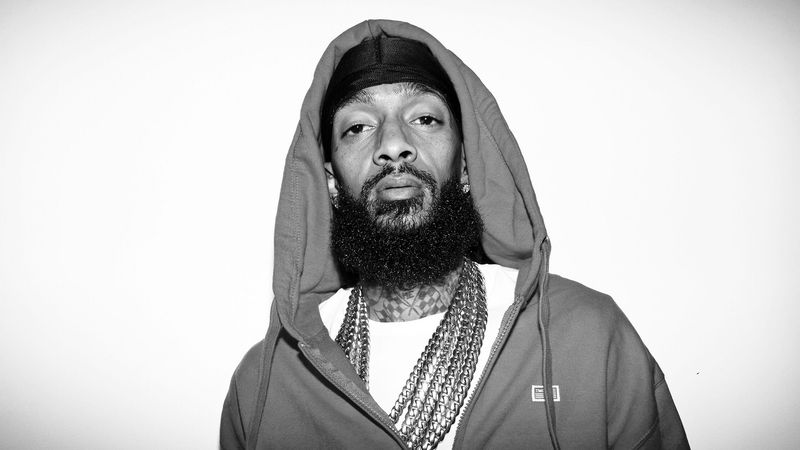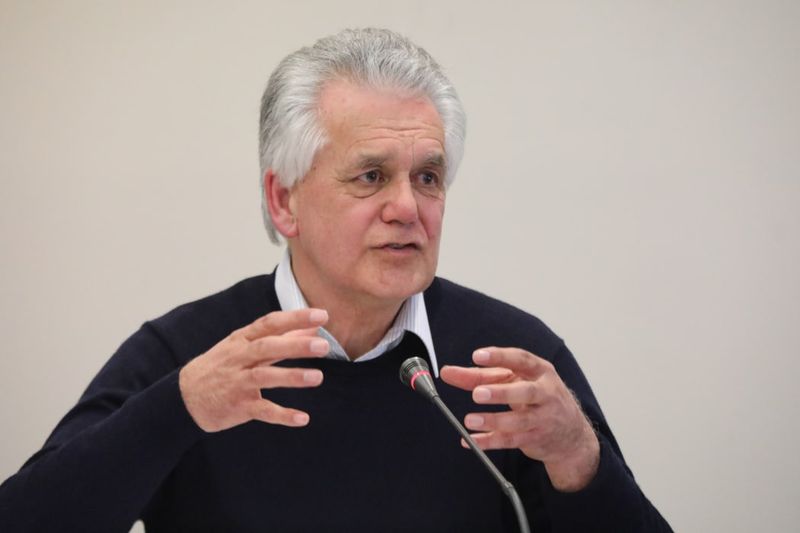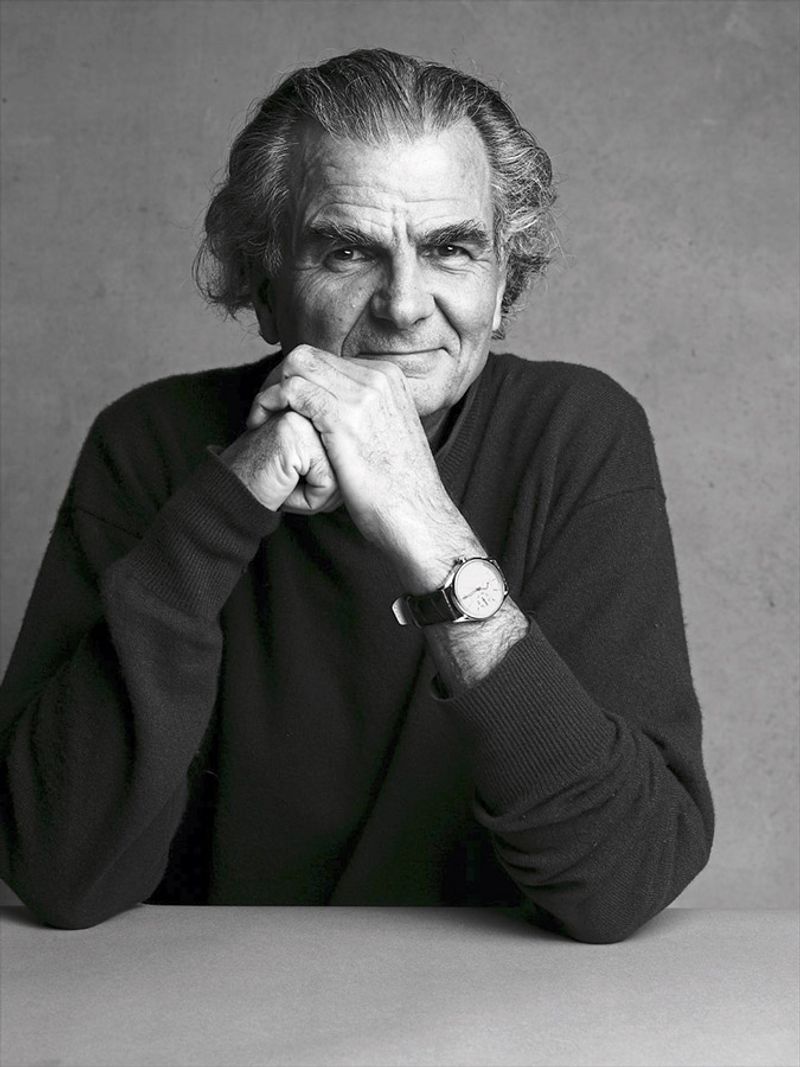March 31 has witnessed the passing of numerous notable individuals across various fields.
From royalty and political leaders to artists and scientists, this date marks the end of journeys that have significantly impacted the world. Explore the lives and legacies of 34 famous people who left us on this day.
1. Philip III of Spain, King of Spain and Portugal, 1621
Philip III of Spain, born in 1578, ascended to the throne as King of Spain and Portugal in 1598. His reign was marked by a period known as the ‘Pax Hispanica,’ a time of relative peace in Europe.
Despite his peaceful reign, Philip III delegated much of his power to his ministers, which led to significant political influences from the Duke of Lerma. He was known for his patronage of the arts and support of Catholicism.
Philip’s leadership saw the expansion of the Spanish empire in the Americas, but domestically, his rule was criticized for economic decline.
2. Anne Hyde, Duchess of York, mother of Queens Mary II and Anne, 1671
Anne Hyde, born in 1637, was the Duchess of York and the mother of two future queens, Mary II and Anne. As the daughter of the Earl of Clarendon, she held a prominent position in English society.
Her marriage to James, Duke of York, was initially scandalous due to her commoner status, but she became a respected figure at court.
Anne played an important role in the Protestant succession and navigated the complexities of English politics during a tumultuous era. Her legacy continues through her descendants who shaped the monarchy.
3. John Donne, English poet and cleric, 1631
John Donne, born in 1572, was a prominent English poet and cleric known for his metaphysical poetry. His works, filled with intricate metaphors and philosophical themes, explored love, death, and spirituality. Donne’s early career was marked by his sharp wit and satirical verses.
Later, he became an influential figure in the Church of England, serving as the Dean of St Paul’s Cathedral. His sermons and religious writings reflected his deep theological insights, leaving a lasting impact on English literature and religious thought.
4. Isaac Newton, English physicist and mathematician, 1727
Isaac Newton, born in 1643, revolutionized science as an English physicist and mathematician. His groundbreaking work in the laws of motion and universal gravitation laid the foundation for classical mechanics.
Newton’s ‘Philosophiæ Naturalis Principia Mathematica’ remains a pivotal scientific text. Beyond physics, he made significant contributions to mathematics, including the development of calculus.
Newton’s fascination with optics led to important discoveries about light and color. His intellectual legacy endures, influencing generations of scientists and shaping our understanding of the physical world.
5. Frederick, Prince of Wales, Heir to the British throne, 1751
Frederick, Prince of Wales, born in 1707, was the eldest son of King George II and the heir apparent to the British throne. He was known for his patronage of the arts and support of cultural initiatives.
Despite his royal status, Frederick’s relationship with his father was strained, leading to political conflicts. He championed the development of music and literature, hosting gatherings of prominent intellectuals.
Although he never ascended the throne, his legacy influenced the cultural landscape of Britain during the 18th century.
6. Olaudah Equiano, Nigerian writer and abolitionist, 1797
Olaudah Equiano, born around 1745, was a Nigerian writer and abolitionist whose life story played a crucial role in the movement to end the transatlantic slave trade.
Kidnapped as a child and sold into slavery, Equiano eventually purchased his freedom and became an influential voice against slavery.
His autobiography, ‘The Interesting Narrative of the Life of Olaudah Equiano,’ provided a powerful firsthand account of the horrors of slavery and became an important tool for abolitionists. Equiano’s legacy endures as a symbol of resilience and advocacy for human rights.
7. John Constable, English landscape painter, 1837
John Constable, born in 1776, was an English landscape painter renowned for his depictions of the British countryside. His works, such as ‘The Hay Wain,’ are celebrated for their naturalistic style and attention to detail.
Constable’s innovative use of light and atmosphere profoundly influenced the Romantic movement in art.
Despite initial struggles for recognition, he eventually gained acclaim and inspired future generations of artists. His dedication to capturing the beauty of nature remains a defining feature of his artistic legacy.
8. John C. Calhoun, 7th Vice President of the United States, 1850
John C. Calhoun, born in 1782, served as the 7th Vice President of the United States and was a prominent political figure in the 19th century. Known for his staunch advocacy of states’ rights and nullification, Calhoun played a significant role in shaping U.S. policy during a period of division.
His political philosophy emphasized limited federal government and the sovereignty of individual states. Despite his controversial views, Calhoun’s influence on American politics was profound, leaving a complex legacy.
9. Charlotte Brontë, English novelist (“Jane Eyre”), 1855
Charlotte Brontë, born in 1816, was an English novelist best known for her classic novel ‘Jane Eyre.’ Her writing is celebrated for its innovative narrative style and exploration of themes such as gender roles and morality.
Brontë’s literary contributions, alongside those of her sisters Emily and Anne, helped shape the landscape of Victorian literature. Despite personal hardships, including the loss of family members, she remained dedicated to her craft.
Charlotte’s enduring popularity is a testament to her storytelling prowess and literary significance.
10. J.P. Morgan, American financier and banker, 1913
J.P. Morgan, born in 1837, was a powerful American financier and banker whose influence shaped the financial landscape of the United States.
He played a pivotal role in the reorganization of major industries, including railroads and steel, during the late 19th and early 20th centuries.
Morgan’s financial prowess and leadership abilities helped stabilize the economy during times of crisis, such as the Panic of 1907. His legacy as a key figure in American capitalism and philanthropy continues to be felt today.
11. Emil von Behring, German physiologist, Nobel Prize laureate, 1917
Emil von Behring, born in 1854, was a pioneering German physiologist whose work in immunology earned him the first Nobel Prize in Physiology or Medicine in 1901. He is best known for his development of the diphtheria antitoxin, which dramatically reduced mortality rates from the disease.
Behring’s research laid the foundation for modern immunotherapy and vaccination strategies. His contributions to medicine saved countless lives and had a lasting impact on public health, establishing him as a key figure in medical history.
12. Knute Rockne, American football coach, 1931
Knute Rockne, born in 1888, was a legendary American football coach whose innovative strategies transformed the sport. As head coach at the University of Notre Dame, Rockne led the team to numerous victories and national championships.
His motivational skills and emphasis on teamwork inspired his players and left a lasting legacy in collegiate football. Rockne’s tragic death in a plane crash at age 43 cut short a remarkable career, but his influence on the game and its coaching methods endures to this day.
13. Semyon Timoshenko, Soviet military commander, 1970
Semyon Timoshenko, born in 1895, was a distinguished Soviet military commander whose career spanned both World Wars. Known for his leadership during the Soviet-Finnish War and World War II, Timoshenko played a key role in modernizing the Red Army.
His strategic insights and organizational skills contributed to several Soviet victories. Despite facing challenges during the purges, Timoshenko’s contributions to military tactics and his service to the Soviet Union solidified his reputation as a respected military figure.
14. Paul Strand, American photographer and filmmaker, 1976
Paul Strand, born in 1890, was an influential American photographer and filmmaker whose work helped define modern photography. Known for his innovative use of light and composition, Strand captured striking images of urban and rural life.
His artistic vision extended to filmmaking, where he explored social and political themes. Strand’s contributions to photography as a fine art medium left an indelible mark on the field, inspiring generations of photographers to explore new creative possibilities.
15. Jesse Owens, American Olympic track and field athlete, 1980
Jesse Owens, born in 1913, was an iconic American track and field athlete who achieved international fame at the 1936 Berlin Olympics. Owens won four gold medals, challenging Nazi propaganda and demonstrating the power of athletic excellence.
His remarkable performances in the 100 meters, 200 meters, long jump, and 4×100 meters relay remain legendary. Owens’ legacy extends beyond his athletic achievements, as he became a symbol of perseverance and a pioneer for African American athletes in the face of adversity.
16. Enid Bagnold, English author and playwright, 1981
Enid Bagnold, born in 1889, was a celebrated English author and playwright best known for her novel ‘National Velvet.’ Her diverse body of work included plays, novels, and autobiographical writings.
Bagnold’s ability to capture the complexities of human relationships and emotions endeared her to readers and audiences alike. Her literary accomplishments, particularly in children’s literature, continue to inspire.
Bagnold’s influence on both the literary and theatrical worlds remains significant, as her works are still celebrated today.
17. Christina Stead, Australian novelist and short-story writer, 1983
Christina Stead, born in 1902, was an Australian novelist and short-story writer known for her rich characterizations and narrative complexity. Her most famous work, ‘The Man Who Loved Children,’ is regarded as a classic of Australian literature.
Stead’s writings often explored themes of family dynamics and societal pressures, resonating with readers for their emotional depth.
Her literary legacy is celebrated for its innovative storytelling and insightful observations on human nature, making her a revered figure in Australian and international literature.
18. Jerry Paris, American actor and director, 1986
Jerry Paris, born in 1925, was a versatile American actor and director known for his work on popular television shows and films.
He gained fame for his role on ‘The Dick Van Dyke Show’ and later transitioned to directing, where he contributed to the success of series like ‘Happy Days.’ Paris’s keen comedic timing and directorial skills brought laughter to countless audiences.
His contributions to television comedy left a lasting impact, and his work continues to be celebrated for its entertainment value and creativity.
19. Millard Sheets, American artist and architectural designer, 1989
Millard Sheets, born in 1907, was a prolific American artist and architectural designer known for his murals and public art projects. His work spanned various media, including painting, mosaic, and sculpture, often reflecting themes of community and nature.
Sheets played a significant role in the development of mid-20th-century American art and design. His contributions to educational and cultural institutions, along with his distinctive artistic style, left a lasting legacy in both the art world and public spaces.
20. Brandon Lee, American actor and martial artist, 1993
Brandon Lee, born in 1965, was an American actor and martial artist known for his roles in action films. As the son of legendary martial artist Bruce Lee, Brandon followed in his father’s footsteps, showcasing his talent in movies like ‘The Crow.’
His promising career was tragically cut short when he died in an on-set accident during the filming of ‘The Crow.’ Lee’s legacy endures through his memorable performances and the influence of his family’s martial arts heritage, captivating fans worldwide.
21. Selena Quintanilla-Pérez, American Tejano singer, 1995
Selena Quintanilla-Pérez, born in 1971, was a beloved American Tejano singer whose vibrant music and charismatic presence captured the hearts of millions. Known as the ‘Queen of Tejano Music,’ Selena’s crossover appeal and chart-topping hits made her a cultural icon.
Her performances and fashion sense left a lasting impact on the music industry. Tragically, her life was cut short when she was murdered in 1995. Selena’s legacy endures through her music, which continues to inspire fans and artists worldwide.
22. David Rocastle, English footballer, 2001
David Rocastle, born in 1967, was a talented English footballer who played as a midfielder for clubs like Arsenal and Chelsea. Known for his skill, vision, and sportsmanship, Rocastle became a fan favorite during his career.
He won multiple league titles and represented England in international competitions. Tragically, Rocastle’s life was cut short by non-Hodgkin’s lymphoma at the age of 33. His legacy continues through his contributions to football and the fond memories he left with fans and teammates.
23. Clifford Shull, American physicist, Nobel Prize laureate, 2001
Clifford Shull, born in 1915, was an influential American physicist known for his pioneering work in neutron diffraction. His research provided critical insights into the atomic structure of materials, revolutionizing the field of material science.
Shull’s contributions earned him the Nobel Prize in Physics in 1994, solidifying his status as a leader in his field. His legacy in advancing scientific understanding continues to impact researchers and institutions exploring the mysteries of the atomic world.
24. Barry Took, English comedian and writer, 2002
Barry Took, born in 1928, was an English comedian and writer known for his collaboration on iconic comedy programs like ‘Monty Python’s Flying Circus.’ His sharp wit and creative talent contributed to the success of popular radio and television shows.
Took’s work in bringing humor to audiences helped shape British comedy, leaving a lasting impact on the entertainment industry. His contributions continue to be celebrated as part of the rich tradition of British comedic excellence.
25. Harold Scott MacDonald Coxeter, Canadian geometer, 2003
Harold Scott MacDonald Coxeter, born in 1907, was a renowned Canadian geometer whose work significantly advanced the field of geometry. Coxeter’s research focused on the mathematical properties of shapes and structures, contributing to both theoretical and practical applications.
His publications and teachings inspired a generation of mathematicians. Coxeter’s legacy in the realm of geometry is celebrated for its depth and innovation, influencing studies in mathematics and related disciplines. His work remains a cornerstone of modern geometric research.
26. Frankie Knuckles, American DJ and record producer, 2014
Frankie Knuckles, born in 1955, was an influential American DJ and record producer known as the ‘Godfather of House Music.’ His innovative mixing techniques and soulful sounds transformed the dance music scene in Chicago and beyond.
Knuckles’ legendary sets at venues like The Warehouse and his production work helped popularize house music globally.
His contributions to electronic music and culture earned him a Grammy Award and a lasting legacy as a pioneer of the genre, inspiring countless artists and DJs.
27. Raúl Alfonsín, 46th President of Argentina, 2009
Raúl Alfonsín, born in 1927, was the 46th President of Argentina, serving from 1983 to 1989. His presidency marked a significant transition to democracy following years of military dictatorship.
Alfonsín’s leadership focused on reestablishing democratic institutions, economic reforms, and human rights. Despite facing economic challenges, his commitment to democratic values and justice left a lasting impact on Argentine politics.
Alfonsín’s legacy as a champion of democracy continues to be honored in Argentina and worldwide.
28. Zaha Hadid, Iraqi-British architect, 2016
Zaha Hadid, born in 1950, was a visionary Iraqi-British architect known for her innovative and futuristic designs. As the first woman to receive the Pritzker Architecture Prize, Hadid’s work transformed the field of architecture.
Her iconic structures, characterized by fluid forms and bold aesthetics, include the London Aquatics Centre and Guangzhou Opera House.
Hadid’s contributions to architecture and design have left an indelible mark, inspiring a new generation of architects to push the boundaries of creativity.
29. Ronnie Corbett, Scottish comedian and actor, 2016
Ronnie Corbett, born in 1930, was a beloved Scottish comedian and actor known for his work on shows like ‘The Two Ronnies.’ His comedic timing and charming persona made him a household name in British entertainment.
Corbett’s ability to connect with audiences through humor and storytelling earned him a special place in the hearts of fans. His contributions to comedy continue to be celebrated, and his legacy as an entertainer endures in the world of television and beyond.
30. Imre Kertész, Hungarian author, Nobel Prize laureate, 2016
Imre Kertész, born in 1929, was a Hungarian author and Nobel Prize laureate known for his profound literary works. His most famous novel, ‘Fatelessness,’ draws on his experiences as a Holocaust survivor, exploring themes of identity and existentialism.
Kertész’s writings offer a unique perspective on history and human nature, resonating with readers worldwide. His contributions to literature earned him the Nobel Prize in Literature in 2002, solidifying his place as a significant voice in contemporary literature.
31. James Rosenquist, American pop artist, 2017
James Rosenquist, born in 1933, was an influential American pop artist known for his large-scale, vibrant works. His background in billboard painting influenced his style, characterized by bold colors and fragmented imagery.
Rosenquist’s art explored themes of consumerism, politics, and technology, leaving a lasting impact on the pop art movement. His innovative approach and unique perspective challenged traditional notions of art, making him a pivotal figure in 20th-century art history.
32. Nipsey Hussle, American rapper and activist, 2019
Nipsey Hussle, born in 1985, was a talented American rapper and activist dedicated to uplifting his community. Known for his authentic lyrics and entrepreneurial spirit, Hussle released acclaimed albums and invested in local businesses.
His commitment to fostering economic empowerment and education made him a respected figure in Los Angeles and beyond. Tragically, his life was cut short by violence, but his legacy of music and activism continues to inspire positive change and community resilience.
33. Moana Jackson, New Zealand lawyer and activist, 2022
Moana Jackson, born in 1945, was a prominent New Zealand lawyer and activist known for his work in indigenous rights. Jackson’s advocacy focused on promoting justice and equality for Maori communities, influencing legal frameworks and policies.
His contributions to legal scholarship and activism helped advance indigenous rights in New Zealand and internationally. Jackson’s legacy as a champion of social justice continues to inspire efforts towards reconciliation and the protection of indigenous cultures.
34. Patrick Demarchelier, French fashion photographer, 2022
Patrick Demarchelier, born in 1943, was a renowned French fashion photographer celebrated for his iconic images in major fashion magazines. Known for his ability to capture the essence of beauty and elegance, Demarchelier worked with top models and designers.
His photographs graced the covers of renowned publications, leaving a lasting impact on the fashion industry. Demarchelier’s artistic vision and contributions to fashion photography continue to be celebrated, inspiring photographers and fashion enthusiasts worldwide.
